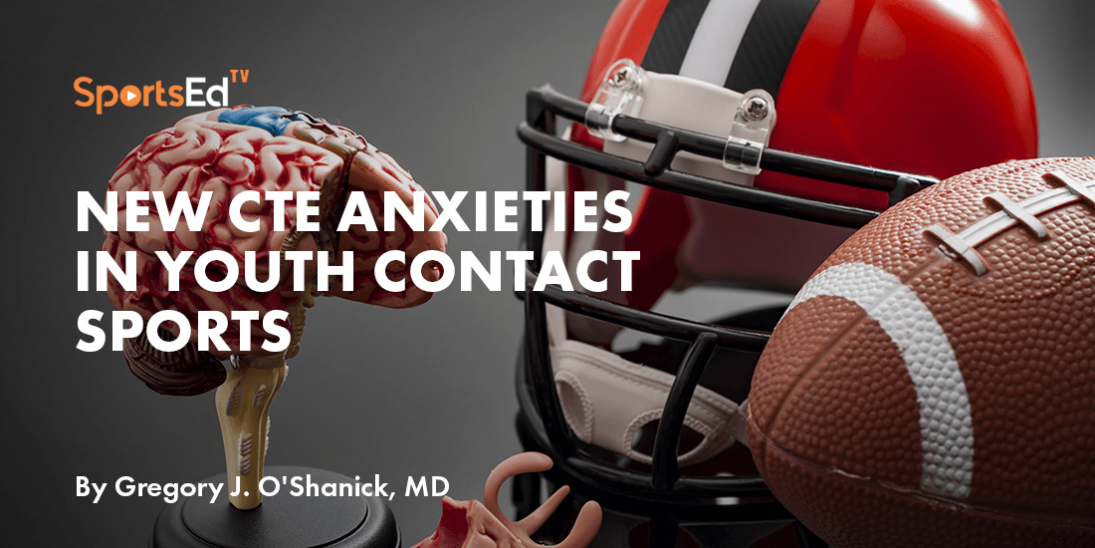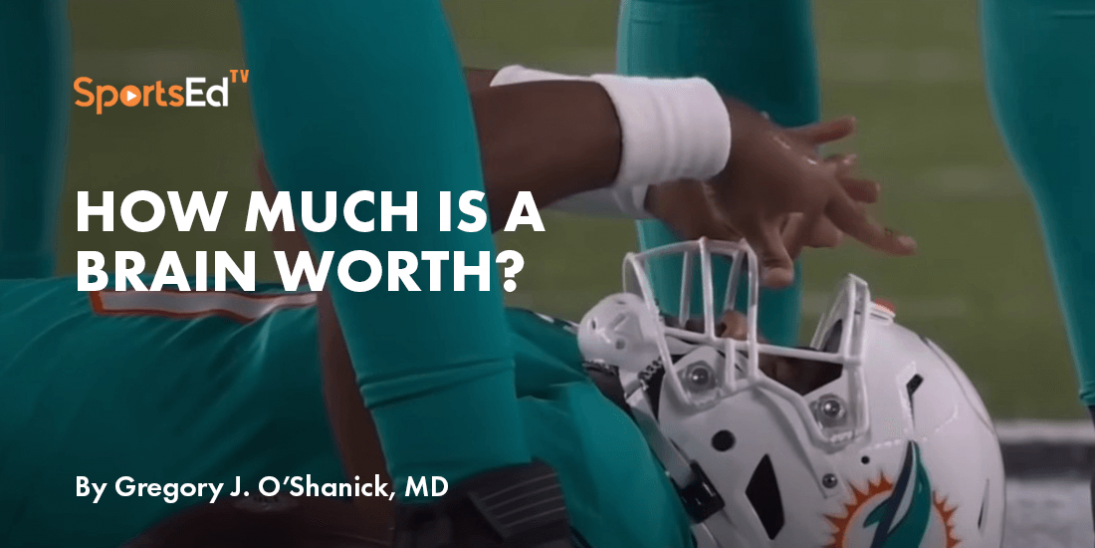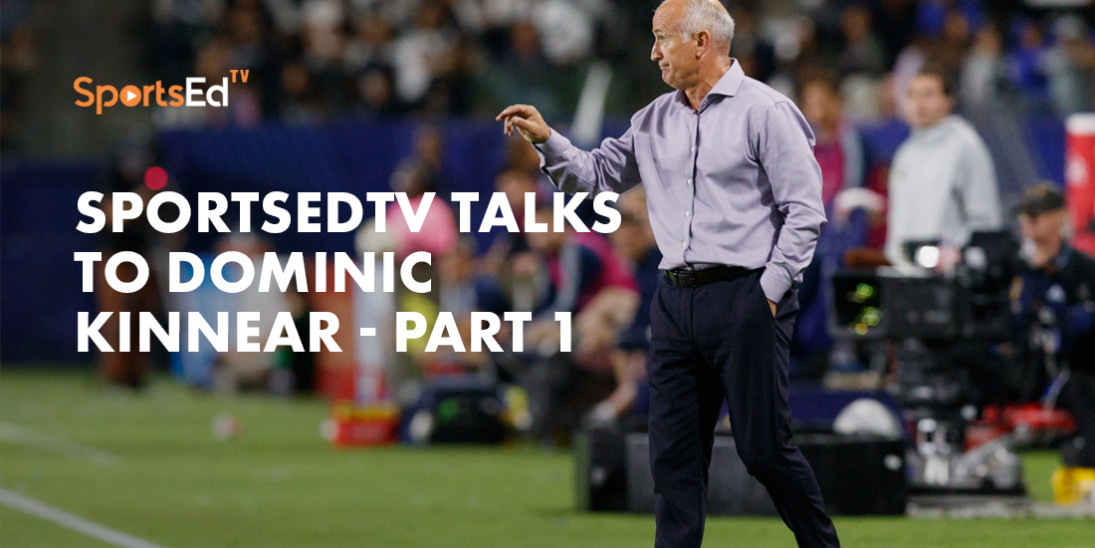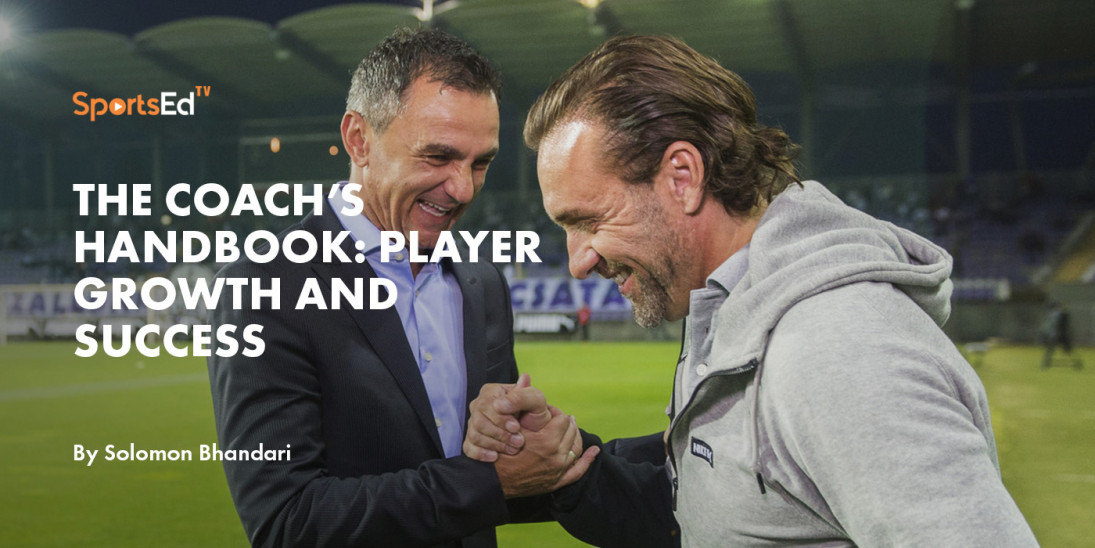Boxing, Concussion, Martial Arts, Mental Health, Soccer, Sports Medicine, Sports Parenting, Taekwondo
Welcome and thanks for visiting...

New CTE Anxieties in Youth Contact Sports

Reviewing the recent JAMA Neurology study regarding the autopsy findings on athletes younger than 30 who had played contact sports creates a significant level of anxiety for adults who are charged with protecting and supervising our children’s developing brains.
To eliminate the possible impact of aging and systemic illnesses such as diabetes, hypertension, high cholesterol, and such on the evolution of brain changes seen in adult studies of CTE, the Boston University research looked at 152 brains of individuals aged 13 to 29 that had been donated to the UNITE brain bank.
All were young athletes who participated in some degree of contact sports (soccer, football, hockey, rugby, wrestling, etc.) and demonstrated behavioral changes consistent with those seen in older individuals later diagnosed with CTE.
Sadly, the majority of these individuals with (52.4%) or without CTE (60.7%) had died by suicide and had histories of substance use treatment (28.6%) over the course of their brief lives.
The investigation showed evidence of early CTE changes in 63 out of 152 donated brains. In interviews with the families of these athletes, problems with depression and apathy were seen in 70%, and neurobehavioral changes such as executive dysfunction (organization, planning, goal setting, etc.) and impulse-control challenges were common.
However, none of these behavioral difficulties differentiated those young people who did or did not have evidence of CTE at autopsy.
What is CTE
CTE stands for Chronic Traumatic Encephalopathy. It's a progressive and fatal brain disease associated with repeated traumatic brain injuries (TBIs), including concussions and repeated blows to the head. It's most commonly known for affecting athletes involved in contact sports like football, boxing, rugby, and others.
Symptoms of CTE can include memory loss, confusion, impaired judgment, impulse control problems, aggression, depression, anxiety, suicidality, parkinsonism, and progressive dementia. These symptoms can begin years or even decades after the last brain trauma.
The definitive diagnosis of CTE can only be made posthumously, i.e., after death, by examining brain tissue and finding specific telltale patterns of tau protein.
.jpg)
What then defined those with or without CTE in this young population of athletes?
In this study, repetitive head impacts and length of time involved in a contact sport appeared to be associated with developing CTE. Notably, all of the CTE severity levels were in the early stages of the disorder; however, any disease has to have a starting point. This observation is of little consolation until we, as a medical profession, have an effective treatment to prevent or halt the CTE process from evolving.
Contact sports such as football, hockey, rugby, soccer, and wrestling were represented, and non-sport activities such as military service were reflected in the CTE-positive group.
Although CTE was seen even in amateur athletes with only high school or collegiate play experience, the overall total duration of exposure to repetitive head impacts played a role with 11 out of 11 NFL players in this group, all positive for CTE.
In the sample of brains voluntarily donated for the research study, female brains were included, and a female collegiate soccer player was positive for CTE, but 10 other females were not.
So, back to my original concern: What does this mean for the adult responsible for a minor child or advising a newly emancipated young adult regarding the risk of CTE in playing contact sports?
Several points are essential with CTE:
- There is no question of the benefit to developing youths of the responsibility and mutual support learned in team sports. The ability to tolerate frustration loss, winning with grace, losing with dignity, and learning how to continually improve and encourage each other to optimal functioning are life lessons that yield tremendous return on investment.
- It is equally obvious from this study that the brain of a youth is NOT innately protected from the development of CTE and we have no clear explanation of what in the individual creates risk and vulnerability.
- We can identify from this study that the number of years of involvement and the repetitive nature of the sport-related head impacts experienced are most likely the triggers for CTE in certain youths.
- In teens and young adult athletes, initial behavior changes are not of themselves characteristic of the presence of CTE. (That is, not every teen athlete who is depressed and apathetic has CTE, but those with CTE do present more frequently with depression and apathy.)
These findings convey that fear is not an effective motivator for behavioral change in teens as their developmental stage is one of self-focused invincibility.
Our jobs then as responsible adults are to:
- Create structure and guidance for impact exposures (non-contact drills, etc.)
- Instill age restrictions on full contact and number of head impacts
- Effect aggressive enforcement of safety requirements with significant consequences for responsible adults/schools/systems for infractions
- Insure adequately fitted and utilized equipment
- Place limits on head impacts experienced based upon best evidence.








